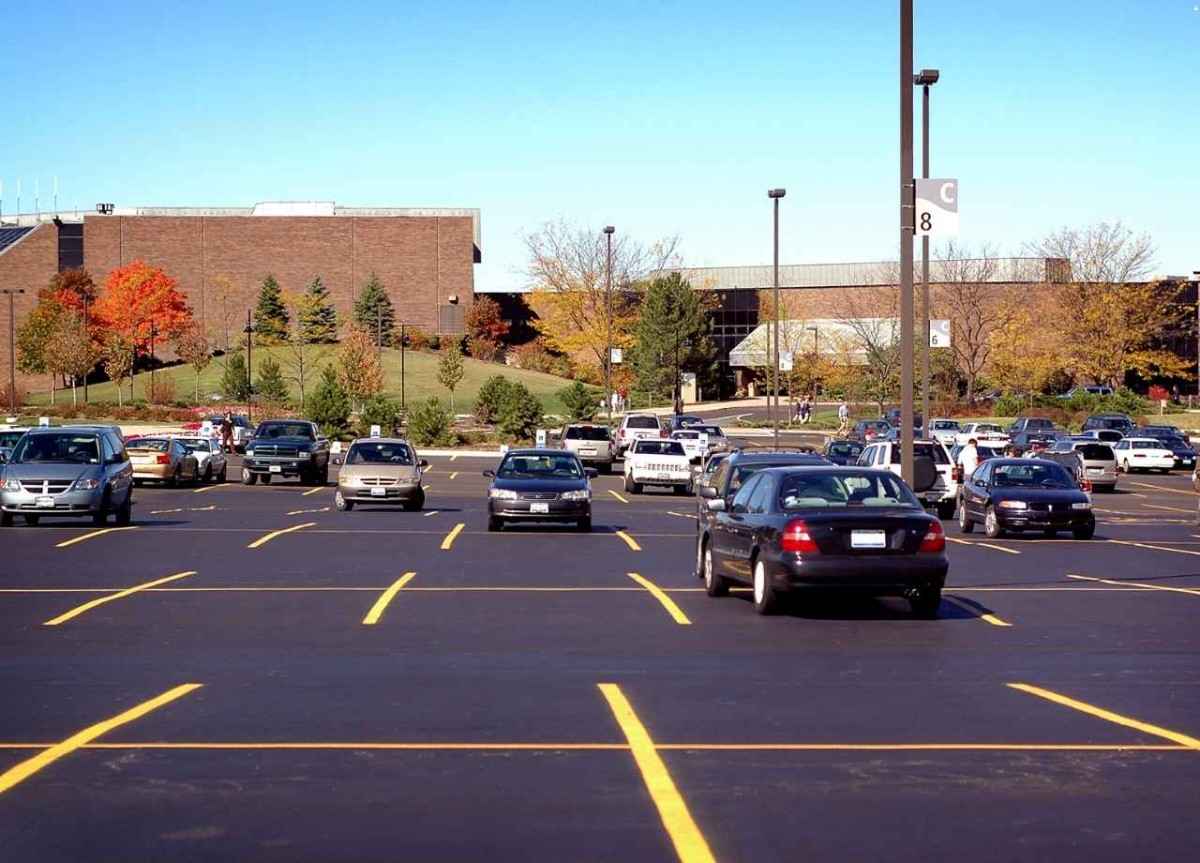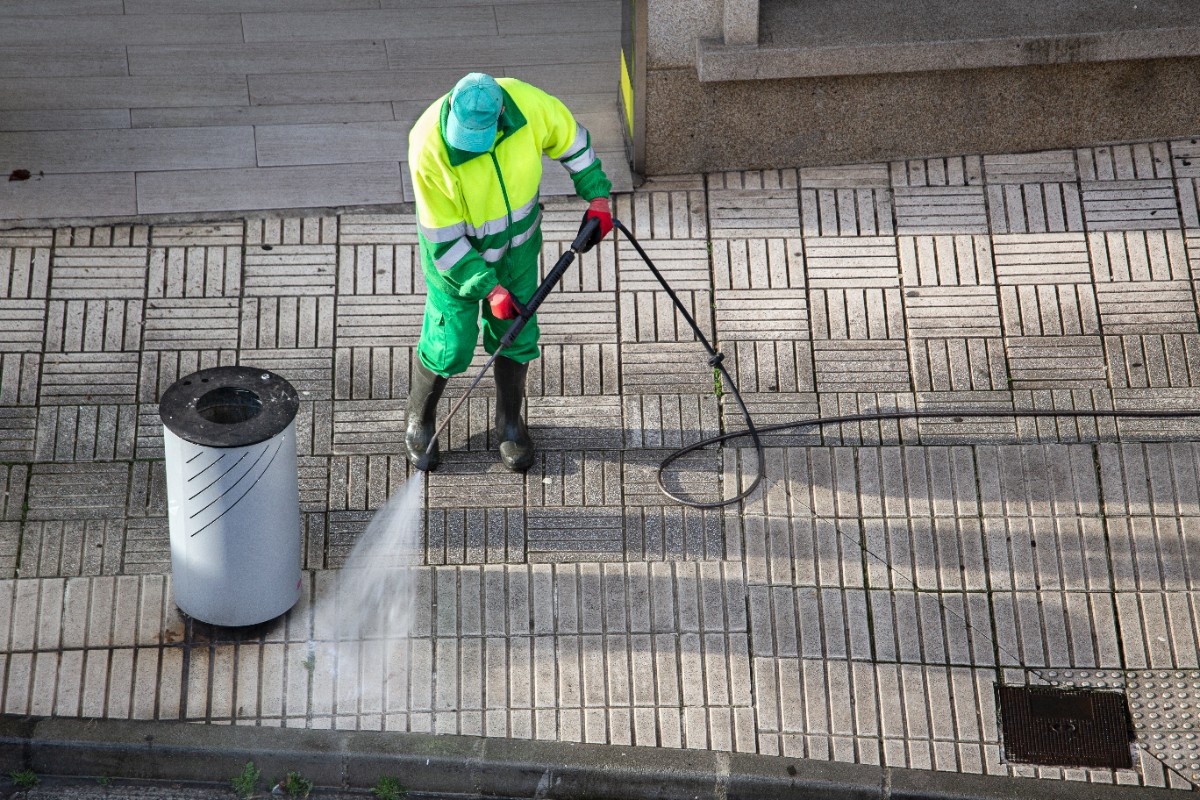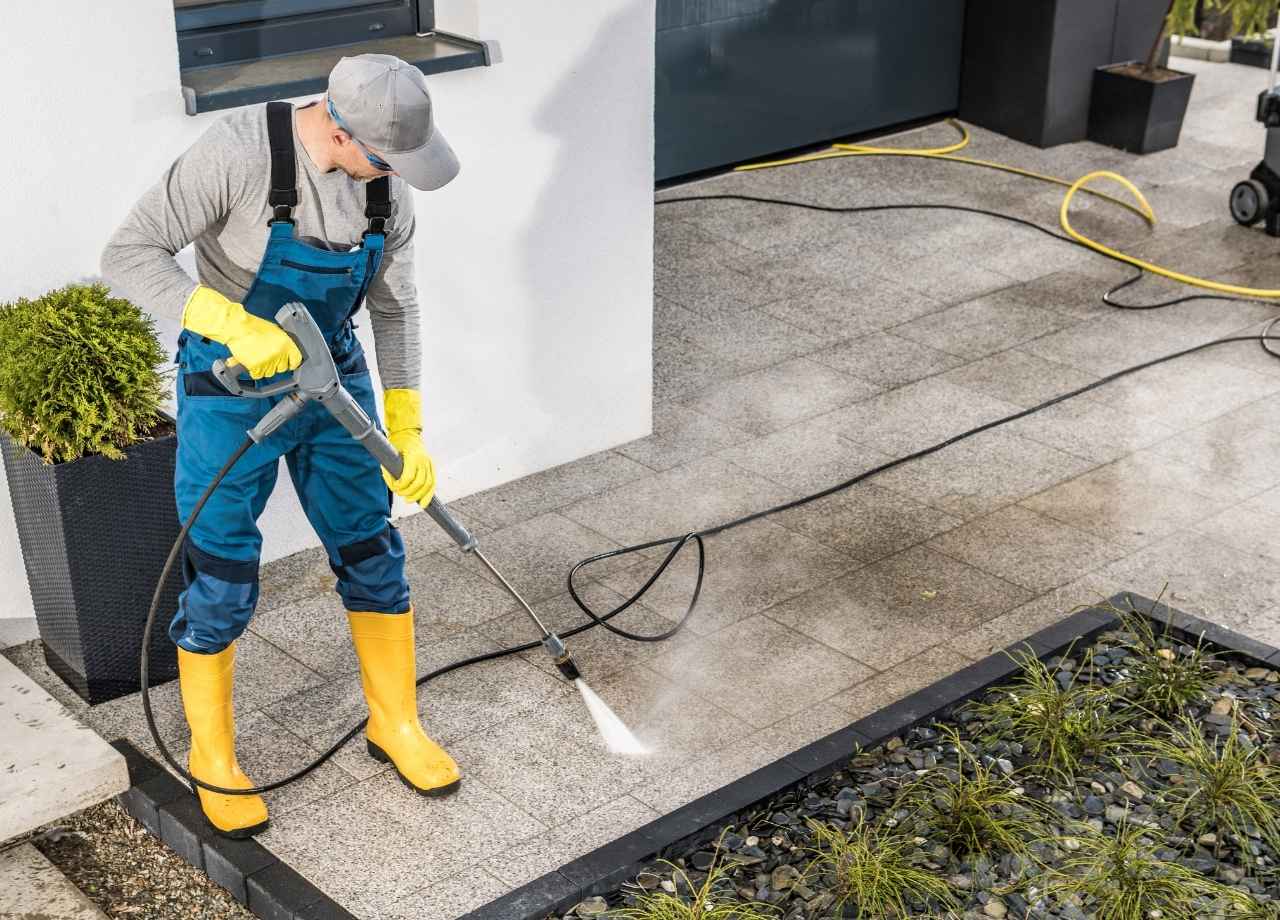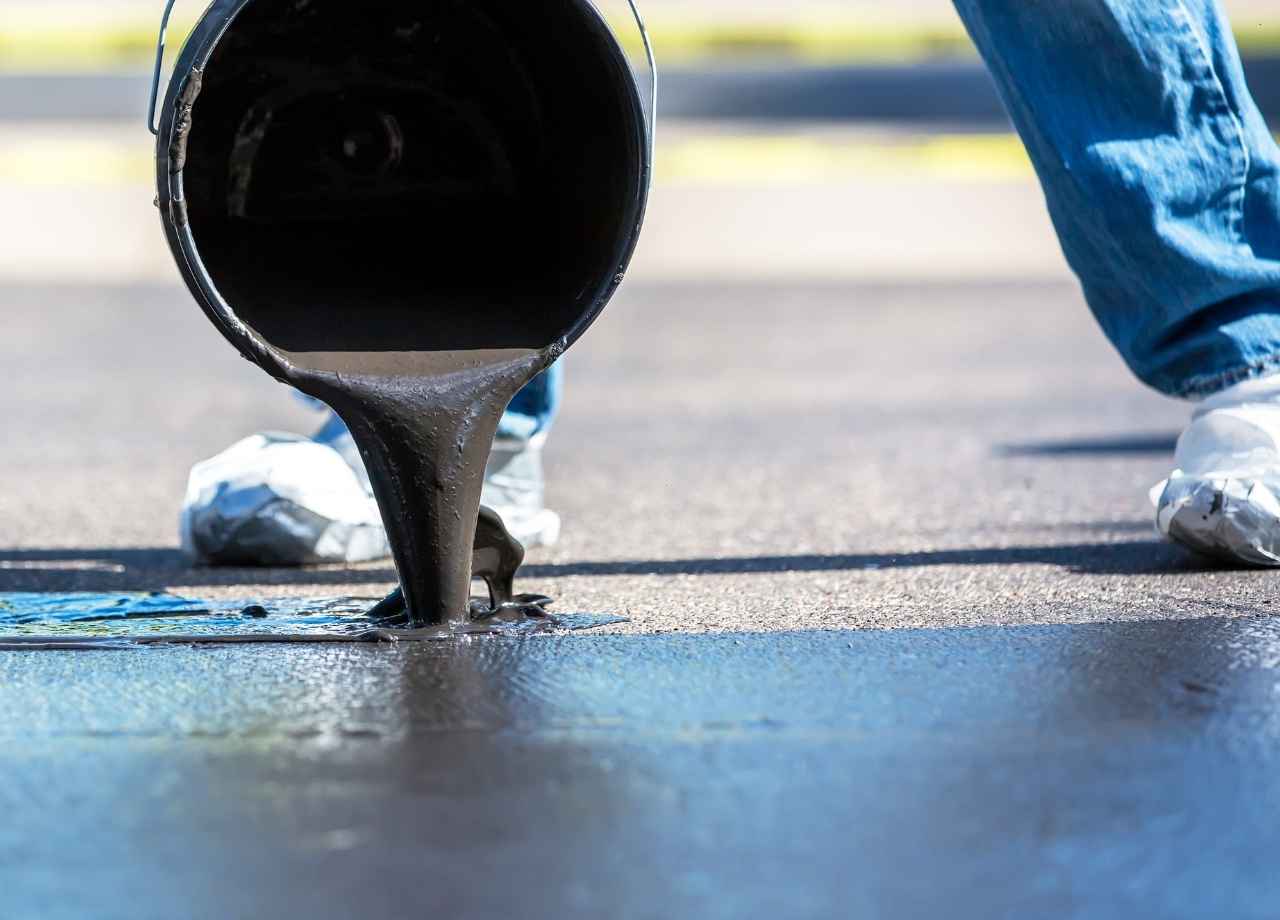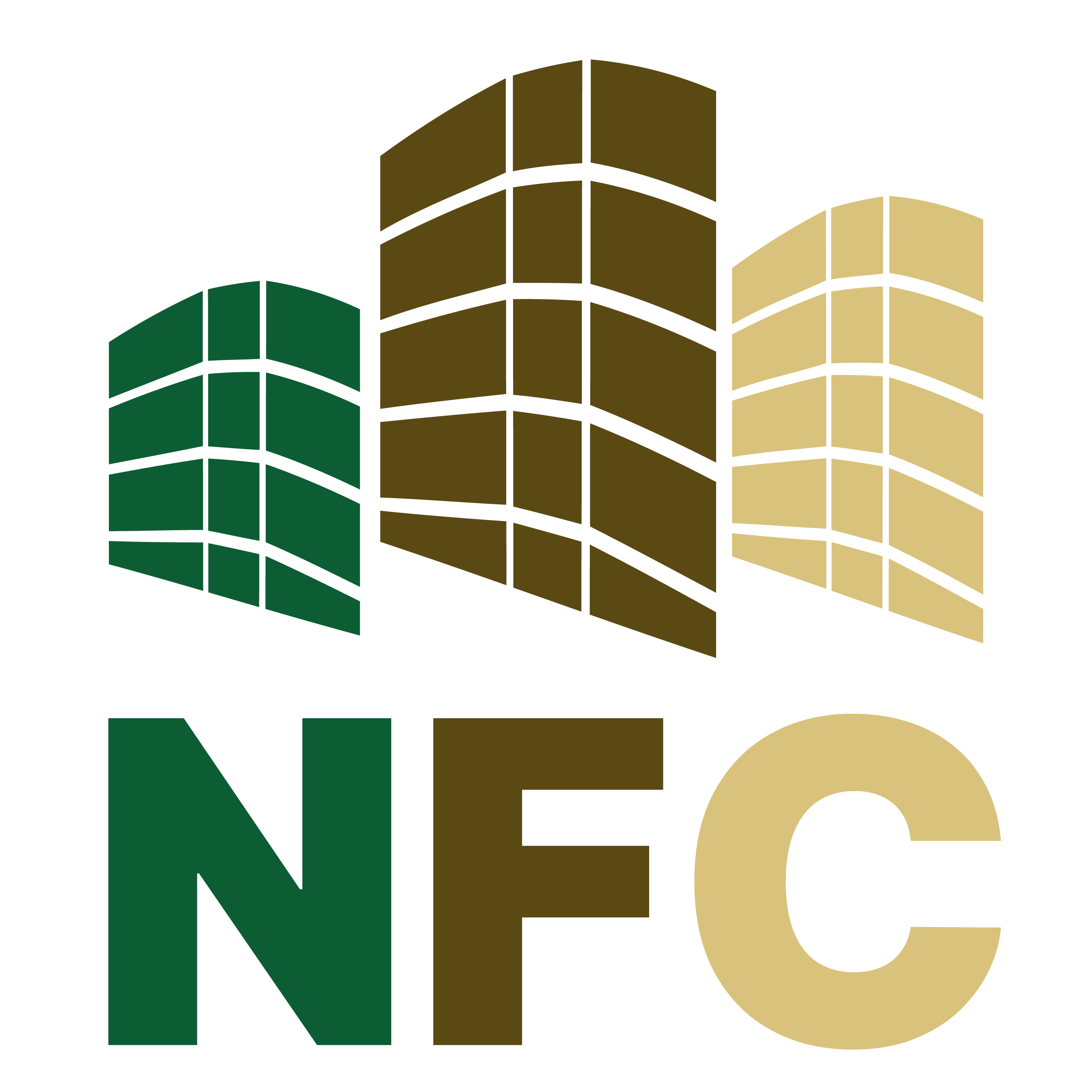Proven Cleaning Techniques for a Pristine Commercial Lot
The condition of your commercial lot says more about your business than you might think. Before anyone steps inside your building, they’ve already formed an impression—based on your sidewalks, entryways, signage, and how clean (or neglected) your lot looks. It’s not just about appearance. A poorly maintained lot can lead to safety hazards, faster surface deterioration, and even legal liabilities.
Maintaining a pristine commercial lot isn’t just a box to check—it’s a year-round strategy that protects your property value and supports your brand. Here’s a breakdown of proven techniques that help property owners and facility managers keep their lots clean, safe, and customer-ready.
Pressure Washing: Deep Cleaning for Tough Surfaces
High-traffic areas like drive lanes, loading zones, sidewalks, and curbs collect oil stains, chewing gum, dirt, and grime quickly. Pressure washing is one of the most effective ways to restore these surfaces.
Here’s how to get the most out of this method:
- Adjust pressure settings depending on the material. Concrete can handle higher PSI, while brick or older asphalt requires lower pressure to avoid damage.
- Apply a degreaser on oil-stained sections and let it sit for 15–20 minutes before pressure washing. This loosens the stain and makes cleaning more efficient.
- Use a surface cleaner attachment to ensure even pressure distribution and reduce streaking.
- Opt for hot water pressure washing when removing oil or grease buildup. For general cleaning, cold water systems with the right detergent work just fine.
A regular pressure washing schedule—especially before and after winter—prevents long-term staining and extends the lifespan of your paved areas.
Efficient Debris Management
Trash, leaves, and organic matter don’t just look bad—they clog drains, create slip hazards, and send the wrong message to tenants or visitors.
To manage debris effectively:
- Implement daily or weekly sweeping schedules based on foot and vehicle traffic volume.
- Use manual tools like heavy-duty push brooms for smaller walkways.
- For larger lots, invest in or contract motorized sweepers. These cover more ground quickly and reduce labor time.
- Leaf blowers—particularly electric or battery-powered—are efficient for fast cleanup while keeping noise and emissions low.
- Establish designated collection zones so debris isn’t just blown from one area to another.
Clean lots signal attention to detail and reduce maintenance issues caused by organic matter breaking down on paved surfaces.
Graffiti Removal: Protecting Brand Perception
Graffiti isn’t just an eyesore—it instantly devalues a property in the eyes of customers, tenants, and passersby. The longer it’s left up, the more likely it is to attract more tagging.
To address it effectively:
- Use solvent-based graffiti removers for painted surfaces to avoid damaging the original finish.
- For brick or masonry, choose cleaners that can penetrate porous materials without degrading the surface.
- Apply solutions using soft-bristle brushes to prevent scratches.
- Install anti-graffiti coatings or protective films that allow for easier future removal.
Speed is key. Fast graffiti removal discourages repeat tagging and maintains your property’s professional appearance.
Controlling Organic Growth and Weeds
Moss, algae, and weeds often thrive in shaded areas, along cracks, or near drainage spots. They create tripping hazards and contribute to surface deterioration.
Proactive steps include:
- Pre-treating problem areas with algaecide or fungicide before pressure washing.
- Using targeted nozzles to blast away stubborn moss or growth without damaging the substrate.
- Applying sealants post-cleaning to reduce future regrowth.
- For weeds, remove them manually where possible, or use non-toxic herbicides for larger areas.
- Apply weed inhibitors to cracks and expansion joints to reduce return growth.
This not only keeps your lot looking tidy but also reduces maintenance needs over time.
Responding to Oil and Chemical Spills
Oil spots, coolant leaks, and chemical spills from vehicles or equipment aren’t just unsightly—they’re a serious safety risk. They create slip hazards, stain surfaces, and can eventually corrode asphalt or concrete.

Best practices include:
- Having absorbent pads and granular materials on hand to soak up spills immediately.
- Using a degreaser on dried or set-in stains, followed by agitation with a stiff-bristle brush.
- Pressure washing the area to fully remove contaminants and restore appearance.
- Training staff or maintenance personnel on spill response procedures.
- Keeping a stocked spill response kit easily accessible for quick cleanup.
Every minute a spill sits untreated increases liability and damage potential.
Optimizing Waste Management
Overflowing bins, scattered trash, and poor waste disposal turn a professional site into an eyesore—and quickly. This also invites pests and contributes to odor issues.
To stay ahead of waste management:
- Install clearly marked disposal stations in high-traffic areas.
- Use bins with locking or secured lids to deter animals and prevent wind-blown litter.
- Place recycling containers alongside general waste bins to encourage responsible disposal.
- Monitor fill levels regularly and schedule waste pickups before overflow occurs.
- Partner with a reliable waste services provider for consistent collection and maintenance.
Small upgrades like these make a big impact on cleanliness and tenant satisfaction.
Maintaining Signage and Exterior Lighting
Signage is key to wayfinding, branding, and safety. But dirty, faded, or broken signs send a message of neglect.
Keep signage effective by:
- Cleaning signs regularly with soft cloths and non-abrasive cleaners to remove grime and bird droppings.
- Checking for faded print or peeling surfaces and scheduling replacements as needed.
- Ensuring illuminated signage is fully lit—replace flickering or dead bulbs promptly.
- Conducting monthly checks on all exterior lighting fixtures, especially around entry points and walkways.
- Cleaning light covers to maximize visibility and checking for loose wiring or corrosion.
Good lighting and signage reduce the risk of accidents and support a strong, consistent brand experience.
Preventing Drainage Issues
Standing water can cause major damage, erode pavement, and increase the risk of slip-and-fall incidents. Drainage should be a top priority in every seasonal maintenance plan.
To ensure proper drainage:
- Clear all lot drains, catch basins, and gutters of leaves, trash, and dirt regularly.
- Use grate covers to keep large debris out of drainage systems while allowing water flow.
- Inspect for low spots or improper grading that lead to water pooling.
- Patch potholes and resurface uneven areas to promote proper runoff.
- After major storms, conduct quick inspections to identify and address new drainage issues.
A single blocked drain during a downpour can flood entryways or damage landscaping—both of which are costly to fix.
Preparing for Seasonal Challenges
Winter introduces a unique set of exterior cleaning and safety concerns—namely snow, ice, and salt damage.
A comprehensive winterization plan should include:
- Pre-treating surfaces with ice melt before storms to prevent bonding and reduce manual scraping.
- Using pet- and plant-safe deicers to avoid harming landscaping or walking surfaces.
- Contracting or equipping your team with snow blowers, plows, and salt spreaders.
- Marking snow storage zones in advance to prevent blocked fire lanes or ADA spaces.
- Conducting post-storm walk-throughs to identify cracked pavement, lot damage, or salt residue that needs removal.
Seasonal prep ensures your lot stays functional and safe no matter the weather.
Implementing Routine Maintenance Protocols
Consistency is where most lot maintenance strategies fail. A reactive approach leads to higher costs, poor appearance, and increased liability.
To stay proactive:
- Develop a recurring maintenance schedule tailored to your lot’s size, usage, and climate.
- Assign specific tasks to certain days or weeks to avoid duplication or gaps.
- Track completed work in a shared log or dashboard—this also helps during audits or vendor performance reviews.
- Provide staff with proper training on equipment usage and chemical handling.
- Maintain inventory of essential cleaning supplies, parts, and PPE so you’re ready for unexpected issues.
Routine protocols protect your investment and reinforce the quality your brand promises every day.
At many commercial properties, lot cleaning is just one piece of a broader facilities puzzle—which is why many turn to facility partners who can manage exterior maintenance alongside other services like HVAC, lighting, and building care.
That’s exactly the kind of bundled, self-performing support National Facility Contractors delivers—giving you one partner, one plan, and consistently high standards across every aspect of your facility.
Conclusion
A well-maintained commercial lot doesn’t just look good—it works harder for your business. It keeps visitors safe, reflects your brand’s values, and helps preserve the long-term value of your property. From pressure washing and debris removal to spill response and snow prep, the right cleaning techniques make all the difference.
But what matters most is consistency. With a proactive plan and the right partner in place, your lot can remain spotless, safe, and ready to impress—no matter the season.

